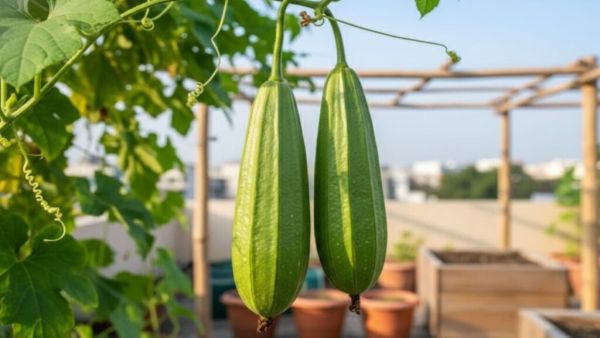
Ridge gourd is a summer vegetable that thrives in heat and humidity.
Ridge gourd is typically grown during the warm season. In most climates in India, the two best planting periods are:
Wait until the danger of frost has passed and the average temperature is consistently above Celsius.
Ridge gourd vines grow quickly and can become quite large.
The secret to a successful vine starts with the seed preparation and the right soil mix.
The soil must be rich, well-aerated, and well-draining.
Ridge gourd seeds are tough and can take a long time to germinate. To speed up the process and ensure a high success rate:
This is the most critical step for a good harvest! Ridge gourd is a climber, and allowing it to creep along the ground leads to poor fruit quality, disease, and uneven growth.
Ridge gourd is a fast-growing, heavy-fruiting plant, so it demands a lot of water.
Since the plant produces continuously, it needs constant feeding.
Ridge gourd plants produce separate male and female flowers.
Your fresh ridge gourds will be ready for harvest about 60 to 70 days after planting.